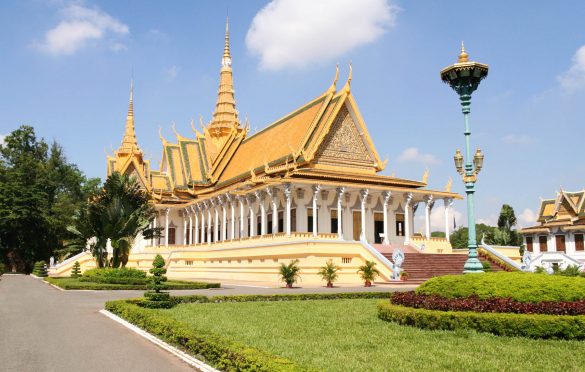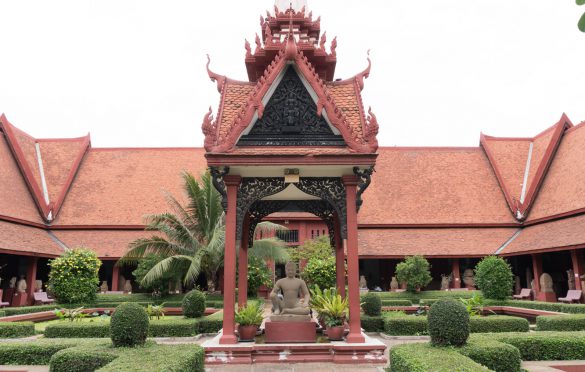Festivals in Cambodia
They love a good celebration in Cambodia, and the Khmer calendar is littered with public holidays – they were recently reduced to 21.
Festivals in Cambodia – Khmer New Year
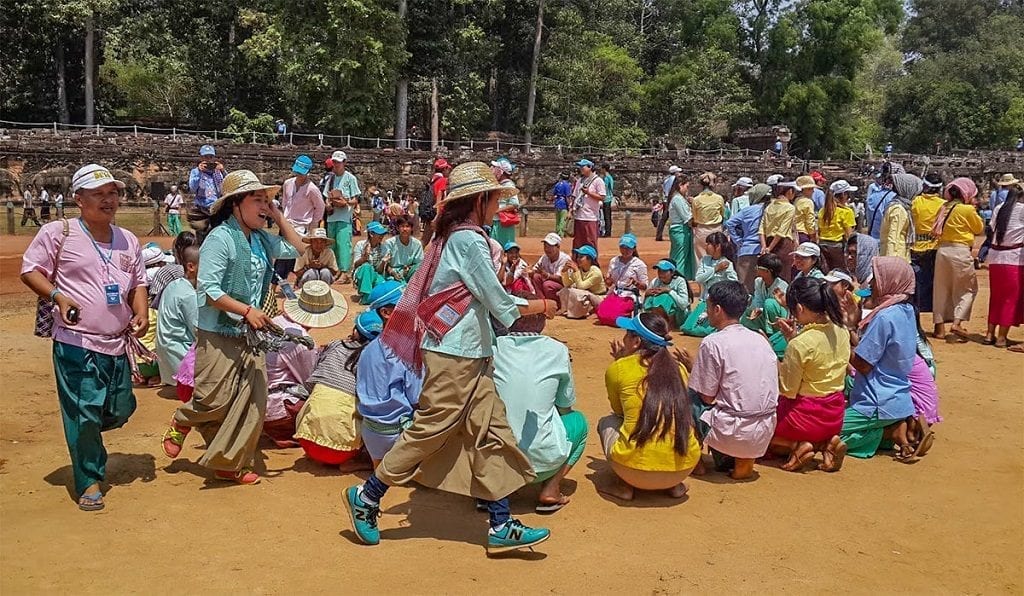
Khmer New Year is undoubtedly the most important celebration. This year, it falls on April 14 to 16, but most Cambodians take off the entire week to return to their homeland and celebrate the end of harvest season, while welcoming in the rainy season and a new year.
At this time, Phnom Penh resembles a scene out of 28 Days Later as businesses close and the city empties out. In contrast, the countryside is alive with celebration as villages that dot the landscape are brought to life with festivities.
Kids play in paddies, stacks of Angkor beer are imbibed, music blasts into the air and games are played throughout this annual family reunion. The three days see the country’s temples fill up as Cambodians give offerings in exchange for blessings from monks to ring in a prosperous year ahead.
While the capital resembles a ghost town, Siem Reap is the centre of celebrations. Tens of thousands of jubilant locals descend on the city to take part in the three-day Angkor Sankranta at the temples. This includes traditional games, including a rice cake-eating and largest sticky rice cake competitions.
The gates of hell open and the tortured souls of seven generations of deceased relatives who are unable to pass onto the next life, return to Earth
Festivals in Cambodia – Pchum Ben
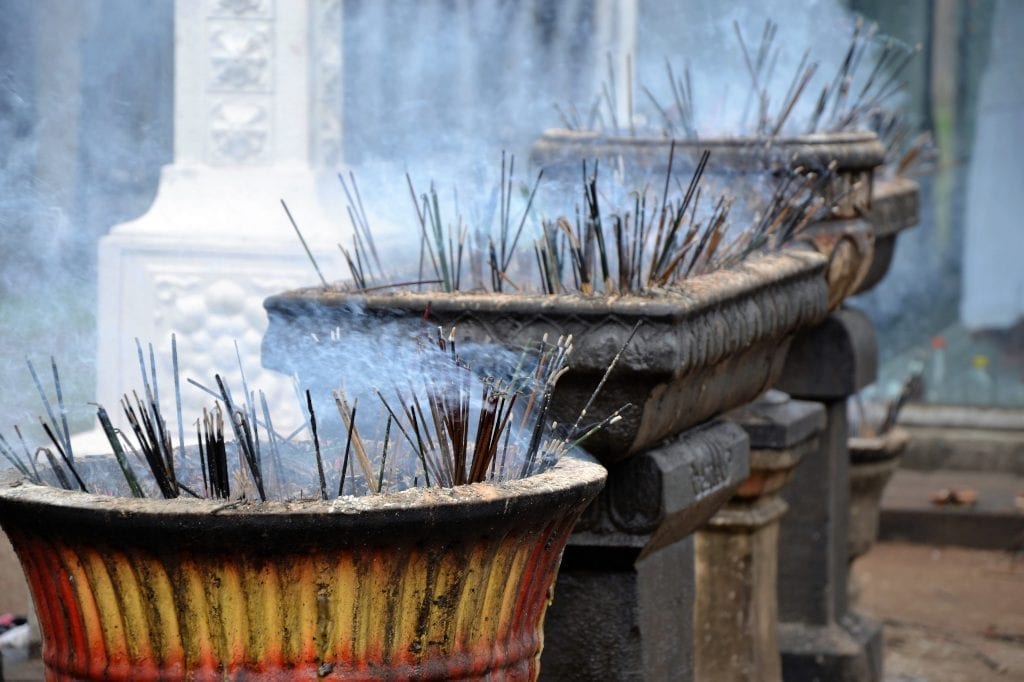
Following hot on the heels of Khmer New Year in terms of importance is Pchum Ben, or Ancestors’ Day. As a kind of Cambodian alternative to Halloween, Pchum Ben is a holiday filled with ghouls and ghosts. The religious celebration spans 15 days, with the last three deemed the most important. These are taken as public holidays, which in 2019 fall on 27 to 29 September.
During Pchum Ben, the gates of hell open and the tortured souls of seven generations of deceased relatives who are unable to pass onto the next life, return to Earth. Starving, they roam the land looking for food. If they fail to find it, Cambodians believe the ghosts will seek revenge and curse their living ancestors.
In a bid to appease the starving spirits, Cambodians flock to pagodas during this time to give food to monks, who pass it on to the ghosts. Another way is to offer bay ben – balls of sticky rice and sesame. These are tossed in the air or ground at dawn.
If you’re in Cambodia during these holidays, then pre-planning is needed. Transport and accommodation fill up quick in hotspots, such as Kampot, Kep, Siem Reap and Sihanoukville. Prices are often hiked during this peak time too. The majority of businesses, including restaurants, are closed – although with each year, slightly more remain open. Those that stay open operate on skeleton staff, so service can be slow.
More than 400 boats compete for the top title, with the ornately-decorated longboats carrying up to 80 men and women
Festivals in Cambodia – Bon Om Touk (Water Festival)
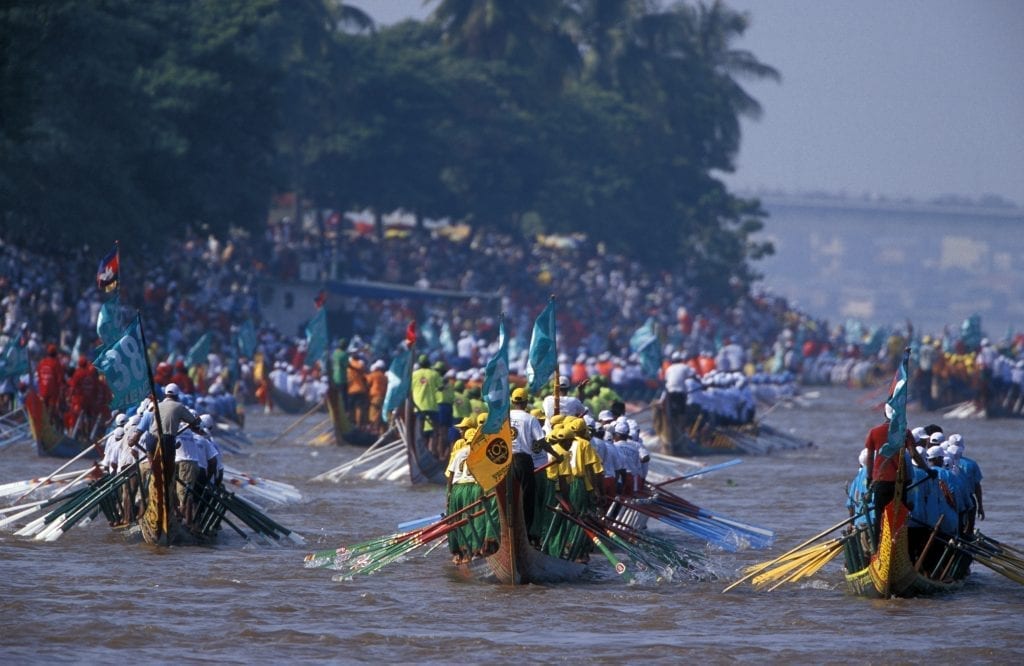
Water Festival, or Bon Om Touk, is another huge three-day celebration, which in 2019 lands on 10 to12 November. In contrast to Khmer New Year and Pchum Ben, Phnom Penh sits at the centre of Water Festival action, with more than a million people flocking from the provinces to the capital to watch colourful boat races on the Tonle Sap River. More than 400 boats compete for the top title, with the ornately-decorated longboats carrying up to 80 men and women.
Phnom Penh’s riverside is where the action happens, with large swathes of the city pedestrianised so expect lengthy traffic jams, huge crowds of people and a lot of walking. As well as boat races, the area is crammed with food stalls, free gigs and markets. An explosion of fireworks marks the end of each day’s races.
Festivals in Cambodia – Royal Ploughing Ceremony
Royal Ploughing Ceremony is another notable festival, and this year falls on 22 May. Called Pithi Chrat Preah Neanng Korl, it officially marks the start of the rice-growing season and in ancient times was used as a way to forecast the weather and determine the harvest ahead.
The elaborate ceremony is held outside the Royal Palace and sees the King, or a selected representative, till a plot of land with a plough pulled by two oxen. After three rounds, the animals are given a choice of fodder in the form of rice, corn, green beans, sesame seeds, freshly-cut grass, water and rice whisky.
What the oxen choose determines the prediction for that coming year. For example, wine forecasts an increase in crime, drinking water foretells flooding, and grass predicts widespread animal diseases. An interesting celebration.

